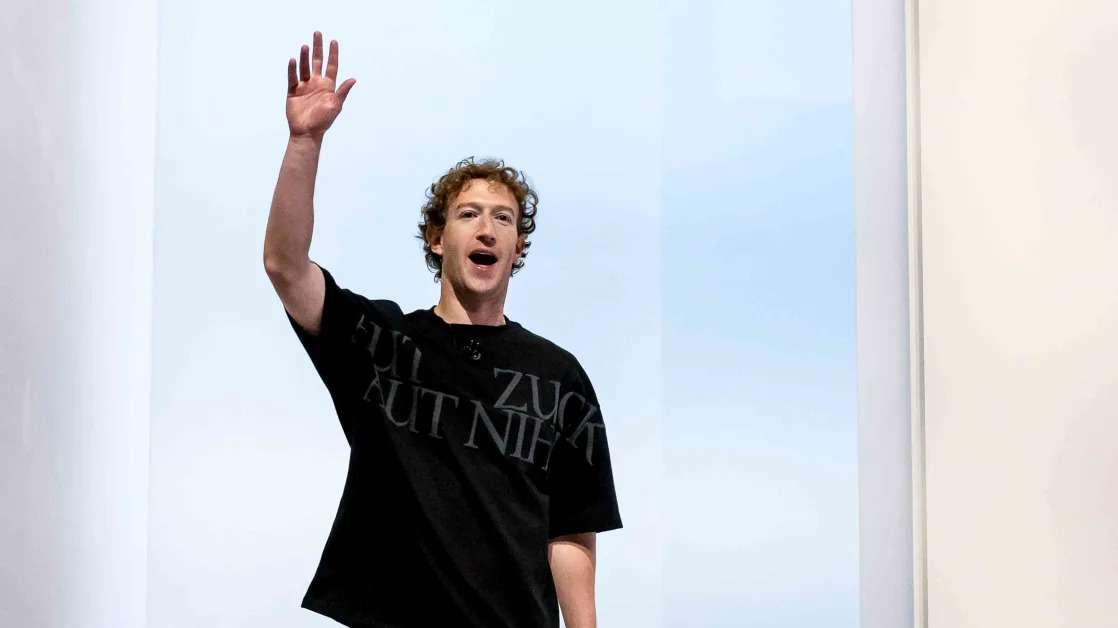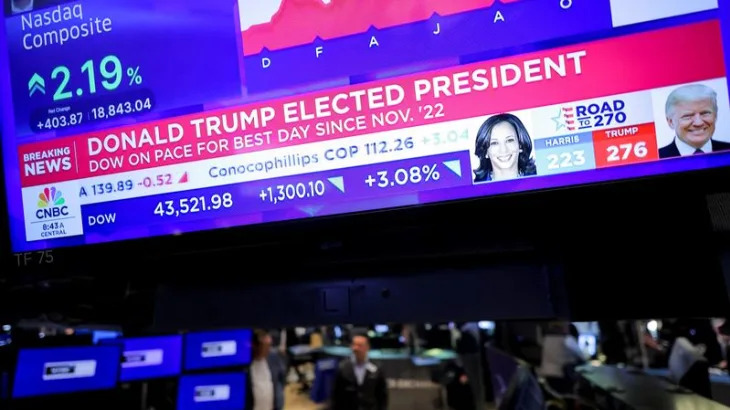Simon Jones, COO of Baanx, isn’t just launching another crypto card—he’s leading a revolution in how digital assets integrate with the real world. The latest milestone?
The MetaMask Metal Card, unveiled at ETHDenver, a premium payment card that allows users to spend crypto directly from self-custody wallets.
"This is a truly unique product," says Jones. "It’s the first of its kind—direct spend from self-custody, with no preloading, no shadow banking. Your funds stay yours until you spend them."
Baanx has long been at the forefront of crypto payments, partnering with major Web3 brands like Ledger and 1inch. But this MetaMask partnership is different. This card doesn’t just make crypto payments easier—it redefines the relationship between Web3 and traditional finance.
"At Baanx, we own this space," says Jones. "We’re not a neo-bank. We’re a product company. We build the rails that bridge crypto to the real world, seamlessly, securely, and in a way that makes sense for users."
From finance to fintech to crypto — Jones’ journey
Jones didn’t start in crypto. His background is traditional finance—banking, social media, and venture capital. He spent years investing in early-stage fintech startups, dissecting the payments stack, and identifying inefficiencies.
"I’ve always been a crypto maxi at heart," he says. "The financial system we use today is full of legacy structures that exist simply because no one ever questioned them. Traditional banks hold onto outdated processes because it benefits them, not the customer. Crypto changes that."
Take checking and savings accounts, for example. Most people think of them as two separate things because that’s how banks have always structured them. But Jones sees it differently.
"A checking account and a savings account? Why do they even exist separately?" he asks. "Historically, banks needed to control cash flow, so they created savings accounts to keep money locked up. That made sense in a world where everything was physical. But in today’s digital economy, it’s an arbitrary division that just benefits the banks. The same logic applies to payments—we’re still using old infrastructure that no longer serves a purpose."
It was during his VC days that he met Baanx founder Garth Howat. What started as an advisory role quickly evolved into a full-time position. Now, as COO, Jones leads external-facing functions, partnerships, and strategy, pushing Baanx to the cutting edge of Web3 payments.
Why this card is different
The MetaMask Metal Card is more than just a sleek, engraved, 18-gram metal card (which, by the way, takes 47 minutes to laser etch). It’s a major step toward making crypto as usable as fiat.
"People want the ability to walk into a store, tap, pay, and leave. That’s it," says Jones. "But crypto has always had a last-mile problem. We solved it."
Instead of requiring users to pre-load funds onto a platform (like a traditional crypto card), the MetaMask card allows direct spending from self-custody wallets. Baanx leverages Ethereum’s ERC-4337 account abstraction to make this possible.
"When you use this card, your funds don’t move until you spend them. You’re not asking permission to access your own money. You stay in control," Jones explains.
The card also comes with solid perks: 1% cashback in USDC for standard users, 3% cashback (up to $10,000) for metal cardholders and support for USDT, USDC, and wrapped ETH at launch, with plans to expand.
And, crucially, the cost of using the card is covered by the merchant, not the user.
"Our philosophy is simple: If you can price it, you should be able to spend it," says Jones. "That applies to crypto, air miles, whatever. Why should banks decide what counts as money?"
The future of crypto payments
Jones sees a seismic shift coming in the way people interact with money.
"We’ve already seen tech disrupt retail and advertising—Amazon, Google, Meta. The next frontier is finance. The traditional system extracts billions from the economy every year. It’s time for tech to take that back."
Baanx is aggressively expanding, with plans to support more chains, more assets, and even foreign exchange services that let users seamlessly swap between fiat and crypto.
"In the next year, you’ll see this model roll out across multiple wallets. We work with seven of the top ten wallets globally," Jones hints. "This is just the beginning."
Baanx isn’t just creating another crypto card—it’s reshaping how digital assets integrate into everyday life.
"If you can price it, you can sell it," Jones repeats. "And if you can sell it, you should be able to spend it. That’s the future of payments."
And with Baanx at the helm, that future is coming fast.





